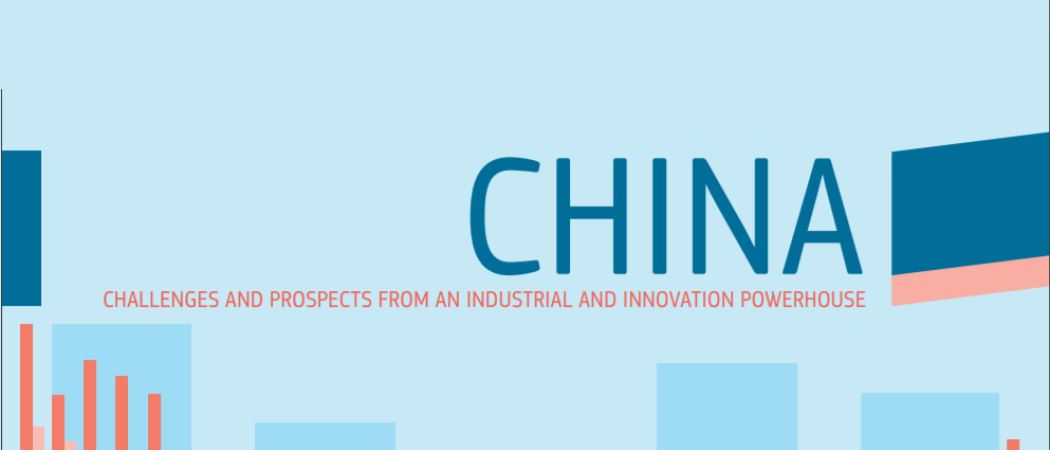In its quest to become world leader in top industries of the future, Chinese researchers are collaborating more with US academics than with Europeans

Front cover of the Commission's report on China science cooperation.
There is more research collaboration between the US and China than between China and the EU, according to a report on innovation policy in China published last week by the European Commission’s Joint Research Centre.
US-Chinese co-publications outstrip EU-Chinese publications by around 3:1 across multiple fields, including engineering, medicine, computer science, mathematics, and energy. There are also more than twice as many Chinese authors in the US and vice versa, as there are Chinese authors in the EU, or European authors in China.
This is one nugget from the report, which gives a forensic assessment of the current position of China’s innovation system vis-à-vis that of the US and Europe.
Where EU-Chinese co-publications acknowledge the source of their funding, they are far more likely to be funded by China than the EU or member states. However, funding from EU member states was acknowledged around five times as frequently as funding from the European Commission.
In 2000, Chinese co-publications with the EU were rare, and there were not many more US-Chinese co-publications either. While Chinese research cooperation with both the EU and the US grew steadily from 2000-2017, US co-publications grew much faster.
But taking citations as a proxy for impact, European researchers are still ahead of China. Using data from Scopus, the search and indexing service for academic research, the JRC found that more than 25 per cent of the top 10 per cent most-cited papers were from the EU, compared to just over 15 per cent from China. However, China’s presence in the top 10 per cent most cited works has been increasing slowly since 2006, while the EU and US shares have been falling.
Through its ‘Made in China 2025’ policy, China aims to become a world leader in key industries, strengthening its domestic innovation capacity, in order to reduce reliance on foreign technologies.
The study concludes China has become a major competitor in several rapidly expanding high tech sectors. As a response, the EU needs to boost its industrial and research and innovation performance, while developing a trade policy that ensures a level playing field for EU companies in China.





 A unique international forum for public research organisations and companies to connect their external engagement with strategic interests around their R&D system.
A unique international forum for public research organisations and companies to connect their external engagement with strategic interests around their R&D system.